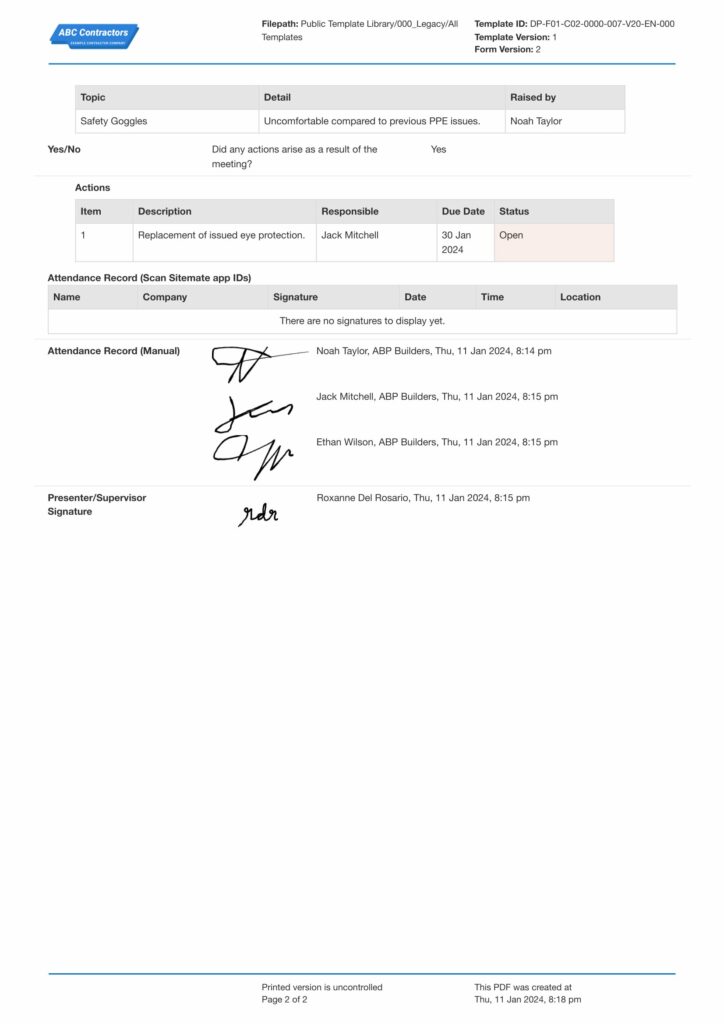Dashpivot Article – Eye Protection Construction
Eye Protection for Construction Workers
In this post, we’ll cover the most important elements of eye safety in construction, and demonstrate how to keep your team and company safe and compliant.
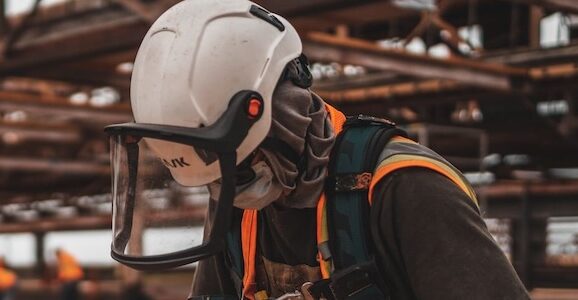
In the construction industry, where risk is inherent on the job, eye safety and eye protection for construction workers must be prioritised. Eye protection construction is not just a compliance issue; it’s a key part of overall workforce safety and well-being. Statistics on eye injuries in construction show that a lot of accidents and injuries happen every year due to a lack of eye protection.
According to OSHA, eye injuries account for a big percentage of all workplace injuries in construction—over 1,000 eye injuries happen every day in the workplace, and construction workers are most at risk.
Eye Hazards in Construction
On construction sites, workers are exposed to eye hazards every day, and they must be aware of these hazards and take precautions to protect their eyes on site. Eye injuries in construction can occur from:
Flying Debris
Flying debris includes particles, dust, and small objects ejected from cutting, grinding, or drilling operations, and these small projectiles can easily enter the eye and cause serious injury or permanent damage. Not only flying debris but also chemical splashes and intense light sources like welding arcs can be eye hazards. Construction workers must always wear the right eye protection and follow safety protocols to reduce eye injuries on site. By being aware and taking precautions, workers can have a safe working environment in construction.
Chemical Splashes
Exposure to hazardous chemicals in paints, solvents, and other materials can cause eye irritation, burns, or even blindness if not properly protected. Eye protection such as goggles or face shields must be worn when using these substances.
Radiation
Ultraviolet (UV) exposure from outdoor work, especially in welding, can also be an eye hazard. Prolonged exposure to UV radiation can cause cataracts or other vision problems, and workers must wear the right eye protection, such as welding helmets or UV-blocking safety glasses, to shield their eyes from the radiation.
Physical Trauma Requiring Eye Protection
Accidents involving larger objects or machinery can also cause serious eye injuries such as corneal abrasions or even permanent vision loss. Apart from wearing the right eye protection, workers must also be trained on how to operate equipment and handle objects to reduce the risk of physical trauma to the eyes.
Benefits of Eye Protection in Construction
Eye protection is important in construction for many reasons, because not only can it prevent serious injuries and accidents, but it can also boost productivity and efficiency on site. Here are the benefits of wearing eye protection on site:
Reduce eye injuries in construction
Construction sites are full of dangers that can harm workers’ eyes. By wearing the right eye protection, like safety glasses or goggles, workers can reduce the risk of injury from these hazards.
Boosts productivity
Workers can focus better on their tasks when they can see clearly and comfortably, which means projects get done faster, the quality of work is higher, and eye injuries are avoided; employees can stay on site and avoid costly downtime due to accidents.
Save on medical costs for construction workers
Eye injuries can lead to expensive medical bills, lost wages, and potential long-term disability. By investing in eye protection and a safe work environment, employers can save in the long run by avoiding these costly incidents.
Types of Eye Protection for Construction Workers
Using the right type of eye protection is key to worker safety, and here is some protection equipment that can be useful for construction workers:
Safety Glasses
Safety glasses provide basic protection against flying debris with side protection, and they are the most common and affordable eye protection in construction. They are designed to protect the eyes from impact, dust, and other hazards. Safety glasses are a piece of personal protective equipment that can help prevent eye injuries and save employers money in the long run.
Goggles related to eye protection for construction workers
Goggles provide better sealing against dust, liquids, and fine particles and provide a higher level of protection than safety glasses. They are used in situations where there’s a high risk of eye exposure to hazardous materials or chemicals, and investing in a good pair of goggles can reduce eye injuries on site.
Face Shields
Face shields are worn over primary eye protection to protect against large particles and chemical splashes. They cover the full face and are often worn with goggles or safety glasses for full protection.
Welding Shields
Specific to welding tasks, they protect against bright light and sparks, and welders must always wear the right face and eye protection to be safe and prevent long-term damage to their vision. By wearing welding shields with other PPE, welders can reduce the risks of their job and have a safe working environment.
How to Choose the Right Eye Protection as a Construction Worker
When choosing the right eye protection for a specific task, consider the level of protection needed. Here are the things to consider for construction:
Hazard Assessment
Know the specific risks associated with different construction tasks and choose eye protection that provides the right protection against those hazards. For example, workers handling chemicals may need safety goggles with splash guards, while those working with flying debris may need safety glasses with side shields.
Compliance with Safety Standards for eye protection in construction
Protective eyewear must meet the established safety standards like AS/NZS 1337.1 to ensure it provides the right protection. Always check if the eye protection you choose complies with these standards to ensure its effectiveness in preventing injuries.
Comfort and Fit
Comfortable-fitting eyewear is key to workers wearing them consistently, and ill-fitting eyewear can be a distraction and may not provide protection in case of an accident. Consider adjusting frames, cushioned nose pads, and lightweight materials to make it comfortable and fit properly. Also, regular checks and adjustments must be made to ensure the eyewear still fits properly as the worker moves and works throughout the day.
Lens Features
Depending on the work environment, choose features like anti-fog, scratch-resistant, or tinted lenses for better visibility and durability. Anti-fog lenses are needed in high-humidity environments, while scratch-resistant lenses are needed in areas where debris is present. Tinted lenses can reduce glare and protect the eyes from UV radiation.
Employer Responsibilities for Eye Protection in Construction
Employers must provide the right eye protection for their workers in the construction industry. Here’s how construction companies can do it properly on-site:
Provide eye protection for construction workers
Wearing eye protection, such as safety glasses, goggles, or face shields, enables workers to protect their eyes from flying debris, chemicals, or harmful substances.
Employers must also train workers on how to use and maintain eye protection equipment properly to get maximum effectiveness. Inspect eye protection gear regularly to check for any damage or wear that may compromise its ability to protect the eyes.
Employers must also enforce a strict policy that all workers must wear their eye protection at all times on-site to minimise eye injuries. That way, employers can create a safer workplace for their workers and reduce eye accidents.
Train construction workers on the proper use
Employers must also train workers on how to use and maintain eye protection equipment properly to get maximum effectiveness. Inspect eye protection gear regularly to check for any damage or wear that may compromise its ability to protect the eyes.
Enforce eye safety rules
Enforcing rules is key to a safe workplace, and workers must be held accountable for following all safety protocols and guidelines to prevent accidents and injuries. Regular safety meetings and refresher training can help remind workers of the importance of eye protection and other safety on site.
Use this eye protection toolbox talk before beginning any new work that involves eye hazards, or simply to keep your workers alert.

Create safer construction sites with this eye protection form
Digitise toolbox talks
Using a digital eye protection toolbox talk template makes it easy for you and your team to create new toolbox talks for eye safety topics.
There are pre-built fields to fill in your talking points on eye protection in construction, your team’s feedback on experiences and hazards, and a place to record team attendance.
Customise the template with the drag-and-drop form builder if you need any extra fields, sections, or information.
Share with your team on-site by sending the completed toolbox talk as a PDF or CSV or printing off QR code posters on-site that take your team to the talk on their phone.
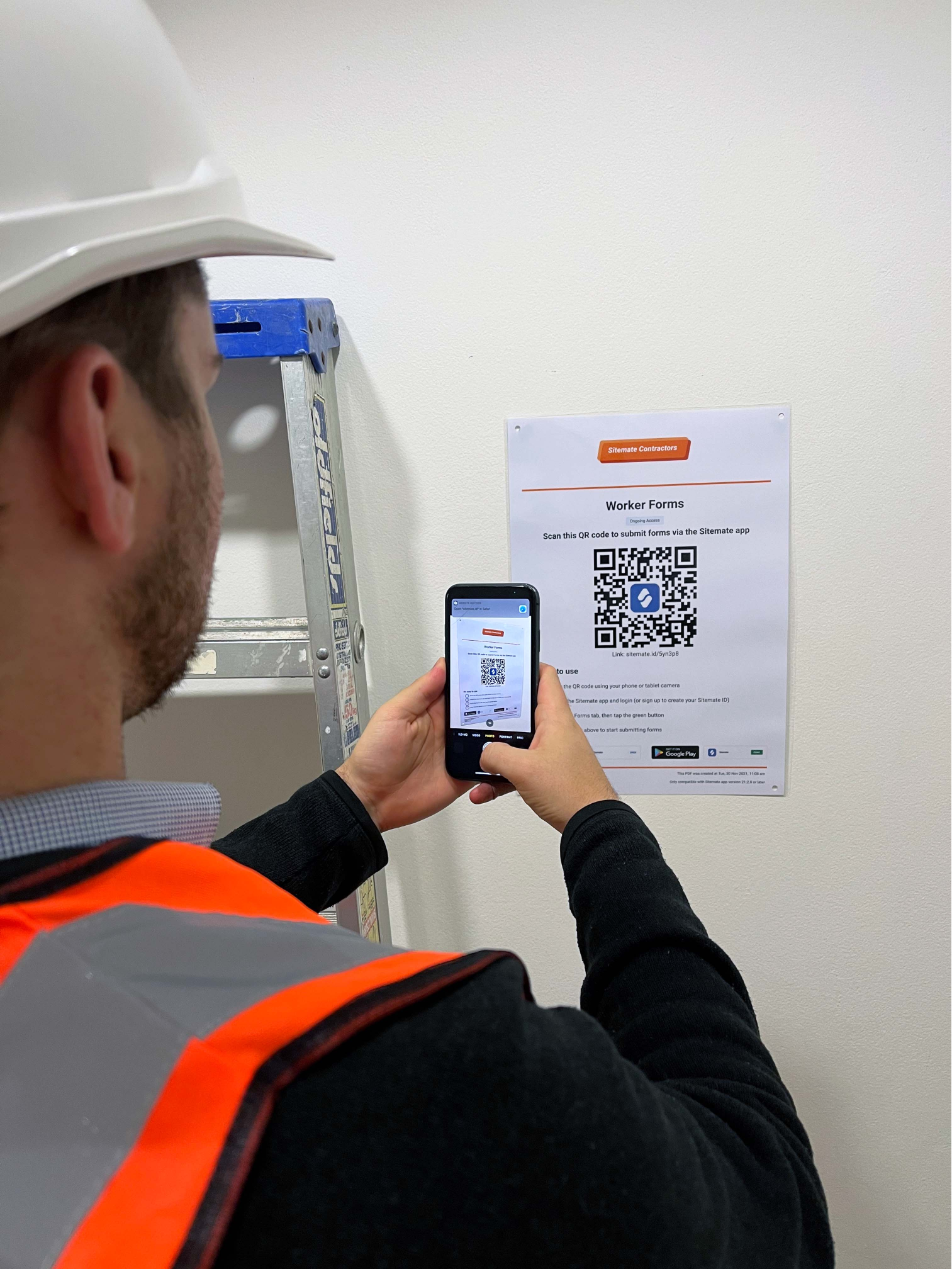
Parting Thoughts
Construction eye safety isn’t just about compliance—it’s an investment that directly impacts worker well-being and business success. Eye injuries are a big chunk of workplace accidents, so construction workers are exposed to flying debris, chemical splashes, radiation, and physical trauma every day.
The solution is comprehensive eye protection, from basic safety glasses to specialist welding shields and proper workplace protocols. This prevents injuries, boosts productivity, reduces medical costs, and prevents long-term disability. Smart employers know that investing in eye protection and safety training isn’t just about meeting regulations—it’s about building a more efficient, sustainable, and profitable business.
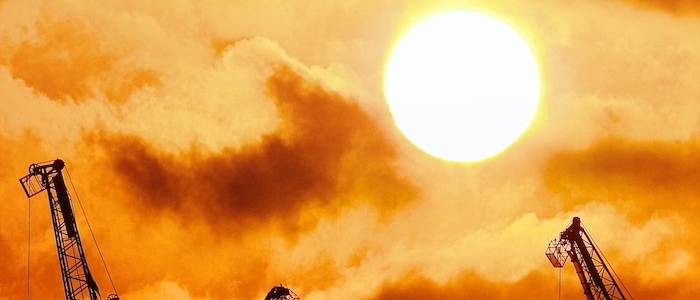
Heat Stress Toolbox Talk template
Avoid heat stress incidents with PPE, prevention and identify symptoms using this Toolbox Talk Heat Stress template.
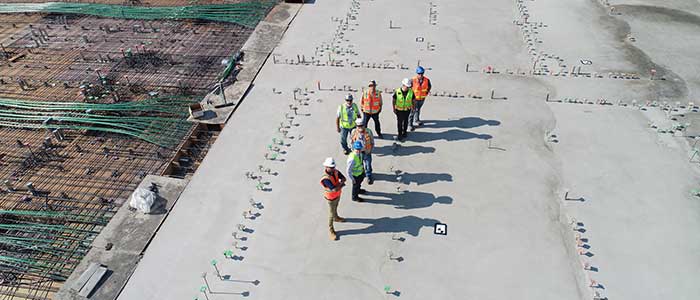
Safety Toolbox Talk template
This toolbox talk template is quick and easy to complete and signoff on site, and keeps all of your toolbox talks neatly organised and professional.

Toolbox Talk Noise Pollution template
Keep your team aware of noise pollution, ways to manage risks and reduce noise with this Toolbox Talk template.

